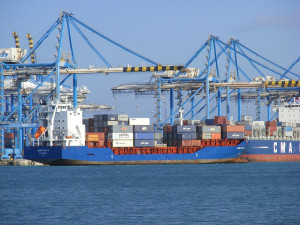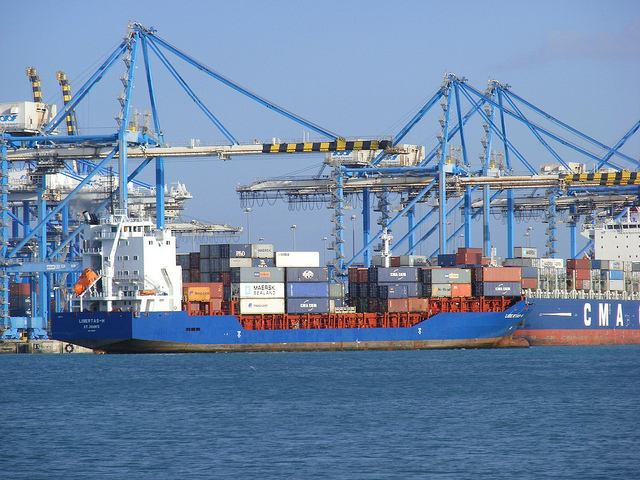 By elevating their carrier alliances to more advanced models and engaging in an intense cultural and operational overhaul, box shipping lines can reduce their expenses and return to profit.
By elevating their carrier alliances to more advanced models and engaging in an intense cultural and operational overhaul, box shipping lines can reduce their expenses and return to profit.
Container lines must accelerate their internal transformation efforts and extract more value from their alliances in order to restore profitability, according to a new report by global management consulting firm The Boston Consulting Group (BCG).
Drawing on analysis of benchmarking databases and other tools, the report anticipates continued overcapacity in the container-shipping industry, with no market recovery in sight.
“Their attempts to turn the situation around by investing in new, ultralarge vessels is creating only temporary competitive advantage. Worse, such moves are accelerating the vicious cycle that initially spawned the excess capacity and low returns plaguing the industry,” said the report.
Carriers have launched improvement programs focused on reducing costs, but to survive, they will need to take a more holistic approach to transforming themselves. In particular, they will have to look beyond common cost- and revenue-improvement levers, and to extract more synergies from their alliances by adopting more sophisticated alliance models.
“We don’t expect the container-shipping industry to see any significant recovery soon. Overcapacity will continue to be the norm,” said Ulrik Sanders, a BCG senior partner and coauthor of the report titled The Transformation Imperative in Container Shipping: Mastering the Next Big Wave.
“Container shippers should therefore focus on speeding up their transformation efforts and on unlocking the scale advantages promised by their alliances. If they can accomplish these changes, we believe they could begin to lift their earnings to meet—and possibly even exceed—their cost of capital.”
Internal reassessment
A more holistic approach to transforming their operations and culture can begin with “funding the journey.” Here, carriers generate short-term cost and revenue improvements by sharpening their strategic focus and rethinking their approaches to network design, pricing, procurement, and project execution.
Carriers must use the resulting gains for “winning in the medium term,” which includes defining a business model with a compelling value proposition. The authors identify four models that merit consideration—regional scale, deep-sea scale, short-sea specialist, and product specialist—although some companies may define a hybrid model.
Once a carrier chooses its business model, it must back it with the right operating model and also deploy “next frontier” cost and revenue levers that deliver more enduring competitive advantages.
Finally, carriers need to sustain the gains they achieve by establishing the right organization structures, building transformation-leadership teams with the right skills, and fostering a performance culture.
Move to higher forms of carrier alliances
While more holistic transformation efforts are important, “they are not enough to pull midsize global carriers out of the vicious cycle they are trapped in,” said Lars Faeste, a BCG senior partner and coauthor of the report. Faeste noted that “these companies also need to consider adopting more sophisticated alliance models to leverage the scale advantages required to compete with the market leaders.”
Lars Kloppsteck, a BCG principal and coauthor of the report, suggests that very substantial savings could be derived from such a step. “Analysis of carrier-specific data derived from BCG’s shipping benchmarking database suggests that advanced alliance models could deliver annual savings in excess of $1 billion,” he said.
Total annual savings, Kloppsteck added, would reduce a midsize alliance’s estimated operating expenses by up to 3 percent.
Conventional alliance models tend to focus on optimizing slot costs and extending network reach. More sophisticated models, which the authors have termed value-added and integrated alliances, could help carriers derive more value from these partnerships.
“Such models could unlock synergies among alliance partners through practices such as joint procurement, joint operations, equipment pooling, back-office consolidation and shared services, and joint IT development,” said the report.
Photo: Sludge G





